- Shankar: The Ghost of the Boulders and a Testament to Resilience
- Weekend Getaway from Gurgaon
- Trip to Sariska National Park
- An unforgettable wilderness walk among Sariska's leopards
- Weekend Getaways From Jaipur
- A Dawn with Leopards
- The Leopards of Sariska
- Wildlife Photography in Sariska
- The Role of Tehla in Sariska’s Conservation Legacy
- Places to Visit Sariska
- Sariska Tiger Reserve and National Park
- Sariska Safari
- Weekend Getaway From Delhi
- Vultures of Sariska
- Deciduous Jungle of Sariska
- Mythological Importance of Sariska
- Sariska Tiger Reserve
- Avifauna of Sariska, Around the Camp, and Nearby Wetlands
- Migratory Birds of Sariska
- Boulders of Tehla
- Camera Trap
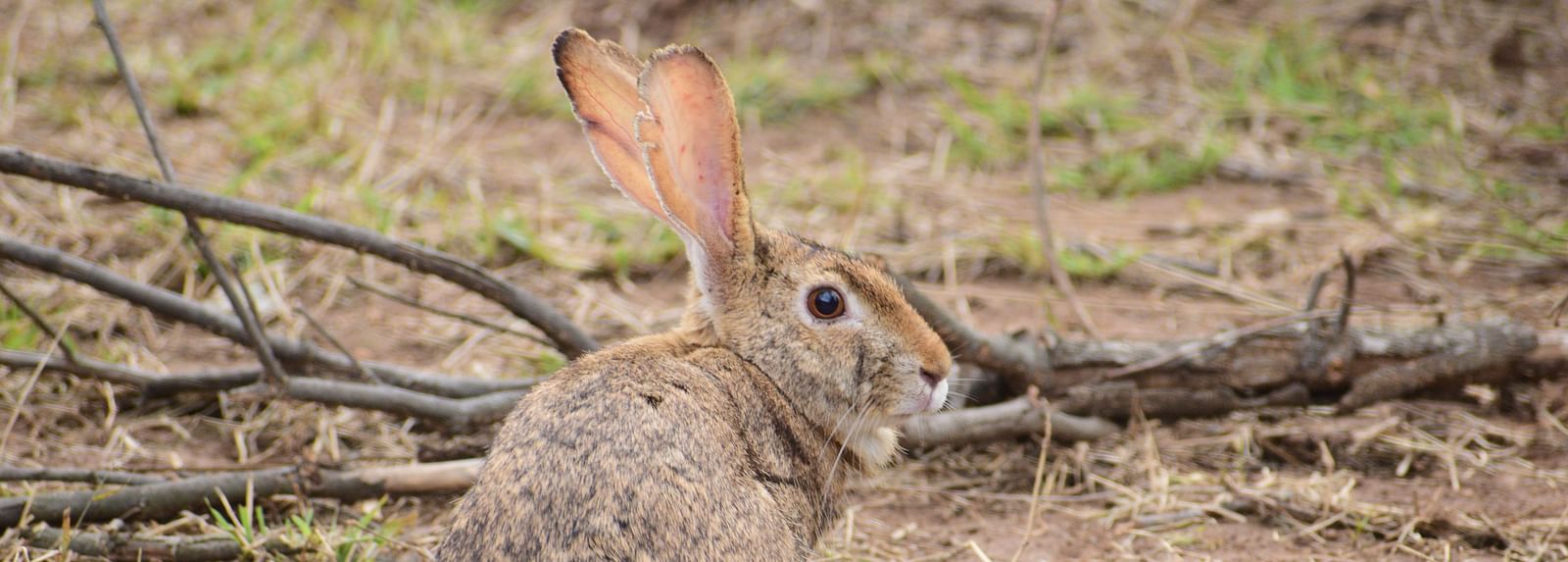
Sariska Tiger Reserve - Alwar, Rajasthan
Upon exploring through and around the Sariska Tiger Reserve one understands the inexplicable beauty displayed by the tropical dry deciduous and tropical dry thorny forests of India. With the onset of monsoon, a dense undergrowth of shrubs, grasses and bushes is observed with a lush green canopy adorning the branches of deciduous trees. The lush green colour changes gradually over to a greyish colour over the summer months when the leaves of these deciduous trees become grey and eventually start falling down which provides a good source of nutrition for deer, which eventually gives the jungle an overall ashy brown appearance in mid summers.
The reserve is named after the tree ‘Siris’ (Albizia lLbbeck) which bears beautiful fragrant ‘powder-puff’ yellow flowers that grow into a fruit pod. The tree has many medicinal properties as the bark, leaves, seeds, and flowers are used in anti-allergy medicines. The reserve is dotted with numerous valleys and during safaris with the slow-moving breeze brushing off the face, one gets to experience the picturesque view, especially during sunrise and sunset. The shrubs and the bushes mixed with tall meadow grasses give an excellent hiding spot for ambush predators like the Tigers to prey on Sambar Deer, Spotted Deer, and Blue-bull Antelope (Nilgai). The combined deer and antelope population is around 20,000 individuals which are seen frequently anytime of the day. The other animals to look out for are Gray Langur, Indian Boar, Striped Hyena, Ruddy and Grey Mongoose, Golden Jackals, Jungle Cat, and of course, the Leopards which are abundant in Sariska with an approximate population of 220.
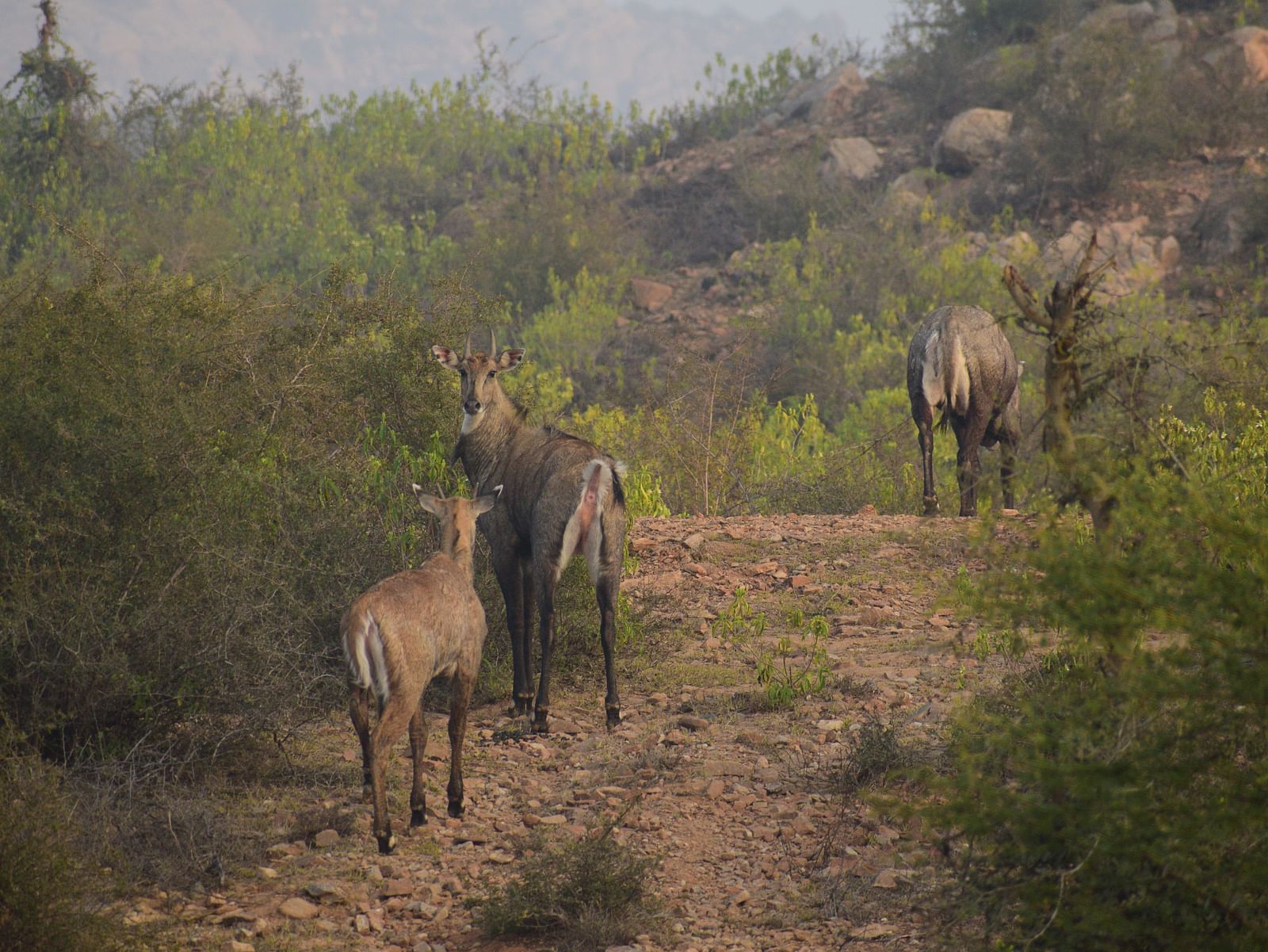
What You Can Do in the Park?
Safaris are the best and the only option to visit and enjoy the varied flora and fauna of Sariska. Safaris have two options: morning and evening and can only be done via registered vehicles which have access to any of the four safari zones at a time. Safaris within the reserve can be accessed via two gates: Gate 1 (Sariska gate) and Gate 2 (Tehla gate).
What to Look Out For?
Of course, the national animal of India, the Tiger is the pride and the king of Sariska but another hyper carnivore, the Leopard which thrives in healthy numbers is another tourist attraction. Other than the mammals, Aves like Vultures which nest on the steep slopes of hilly terrains of the reserve are seen soaring during the noon scanning for carcasses. India is home to 9 vulture species out of which 6 species are seen and recorded in Sariska. Other birds like Indian Peafowl, Crested Serpent Eagle, Bonellis Eagle, Shikra, Black-winged Kite, Common and Lesser Kestrel, Oriental honey Buzzard, Long-legged Buzzard, White-eyed Buzzard, Spotted Owlet, Indian Scops Owl, and Brown Fish Owl are recorded in Sariska.

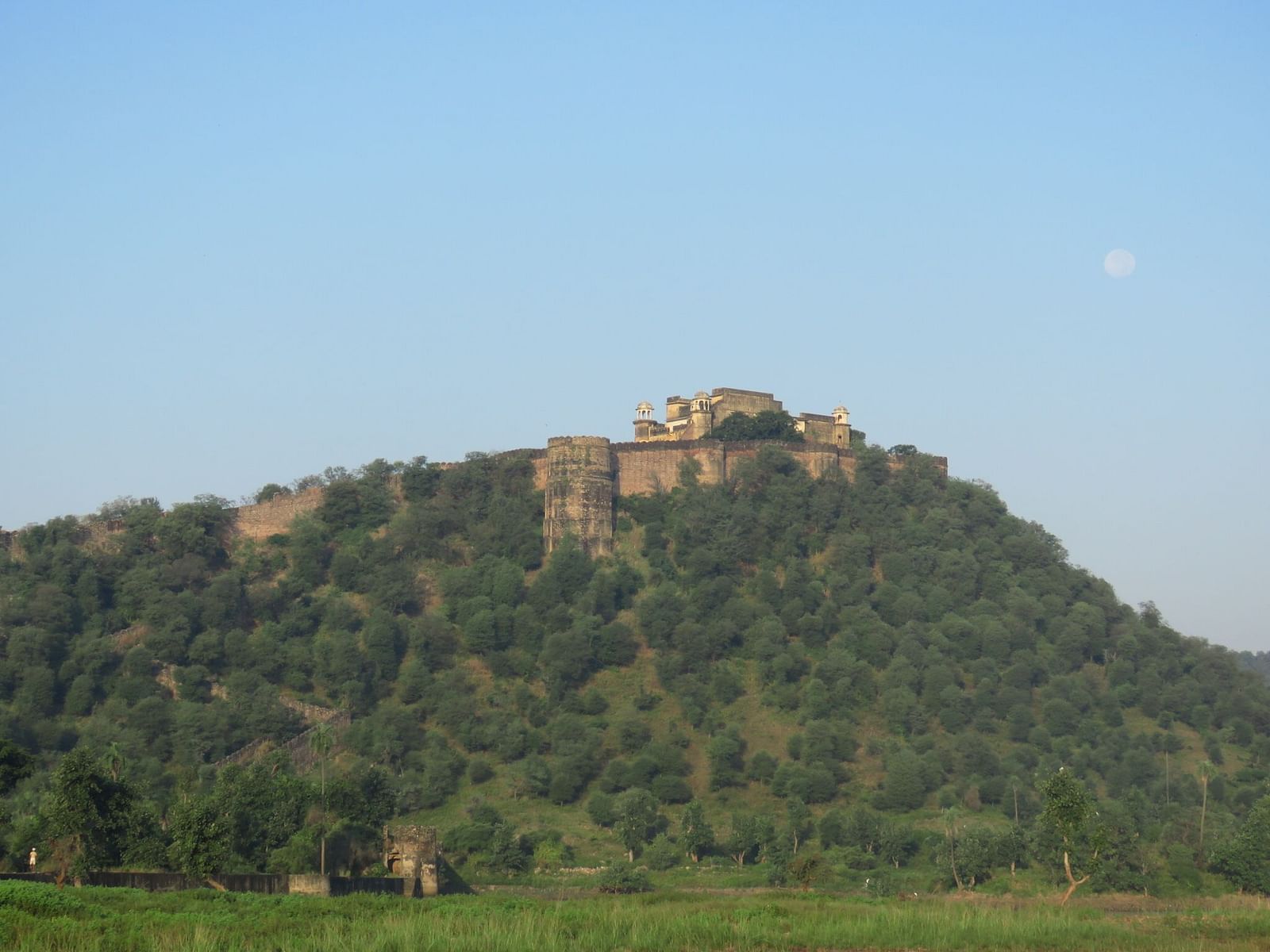
The Kankwari Fort in Sariska
A historical gem with a rich and intriguing past. Situated atop a hill within the Sariska Tiger Reserve, the fort is surrounded by dense forests and rugged terrain. This strategic location provided a secure and isolated environment for holding prisoners. The fort is steeped in legends and tales of valour, intrigue, and betrayal, making it a captivating destination for visitors. The fort was built during the Mughal era, around the time of Emperor Aurangzeb in the 17th Century. It was constructed to serve as a prison for his brother, Dara Shikoh, who was held captive here before his execution. According to local folklore, the spirit of Dara Shikoh still haunts the fort. Visitors have reported eerie experiences and sightings, adding to the fort's mysterious aura. Another popular legend suggests that the fort hides hidden treasures, left behind by the Mughal rulers. Many treasure hunters and explorers have tried to uncover these riches, but the treasures remain elusive.Conservation
Sariska is no exception as it faces anthropogenic pressures due to illegal grazing, cutting of forest woodlands, and land encroachment from nearby villages. Considering this, Sariska was included under the ‘Project Tiger’ in the year 1978 and thus protective measures were undertaken to focus on conserving the habitat and number of Tigers. Sariska holds the world record for the first-ever successful Tiger relocation from one wild habitat to another wild habitat. The relocation was done from the year 2008 to 2011, in which 8 Tigers from Ranthambore National Park were airlifted via a helicopter to Sariska. The translocation became a success when the second Tigress which was shifted gave birth to two cubs in the year 2012. Sariska is under the supervision of the National Tiger Conservation Authority (NTCA) which provides support used for monitoring, tracking, and protecting the Tiger population within Sariska. With a strict protocol and guidelines used by the forest department, the Tiger population within the park is 27 individuals and is expected to grow to 50 in the next 3 years.
)
History
Before independence, Sariska was used as a hunting ground for the royal family of Alwar which used to invite high-ranked British personnel for hunting in order to please them. After Independence, the Government of India declared Sariska to be a wildlife reserve in the year 1955. Furthermore, in the year 1958, Sariska was declared as a wildlife sanctuary and when the ‘Project Tiger’ was launched in the year 1973, a few years later, in 1978 Sariska was declared as a ‘tiger reserve’.Park Timings
The reserve is open for visitors for 3 hours after sunrise and 3 hours before sunset. The timings change as per the seasons and vary especially between summer and winter months.Winter timings
- Morning: 6:30 a.m. to 9:30 a.m.
- Evening: 2:30 p.m. to 5:30 p.m.
- Morning: 6:00 a.m. to 9:00 a.m.
- Evening: 2:00 p.m. to 5:00 p.m.


Getting Around the Park
Registered jeeps, also known as ‘gypsies’, which can carry 6 individuals are the only mode of accessing the Tiger reserve. These ‘6-seater’ gypsy cost INR 9,876 for international tourists and INR 6,246 for national tourists.Other Blogs

Vultures of Sariska
Discover the diverse vulture species inhabiting Sariska, their ecological roles, and the environmental effects they bring.
Read More
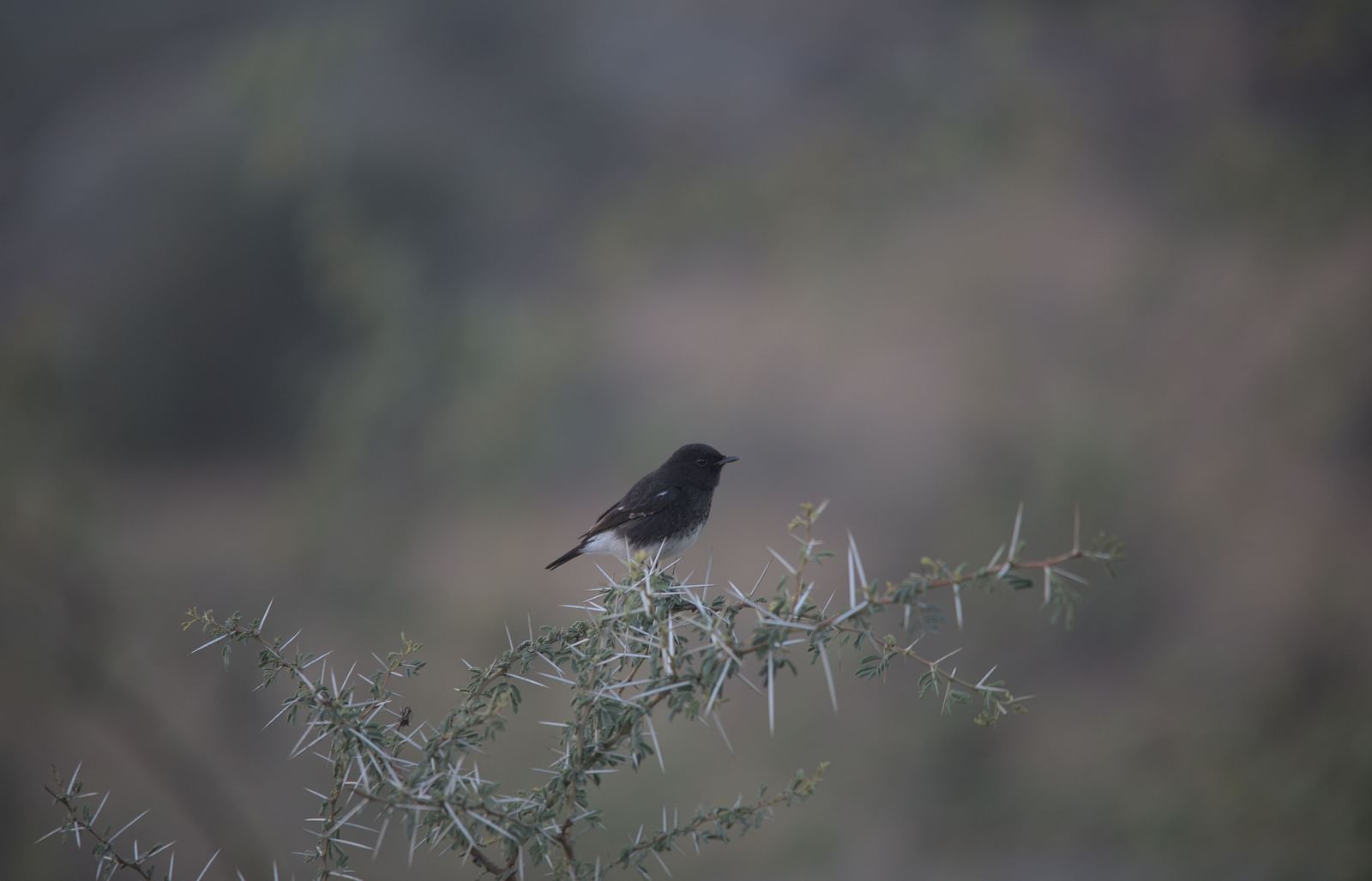
Deciduous Jungle of Sariska
The deciduous jungle of Sariska is home to a variety of trees and plants, each with significant medicinal and commercial value. Discover more about these remarkable species in this detailed guide.
Read More
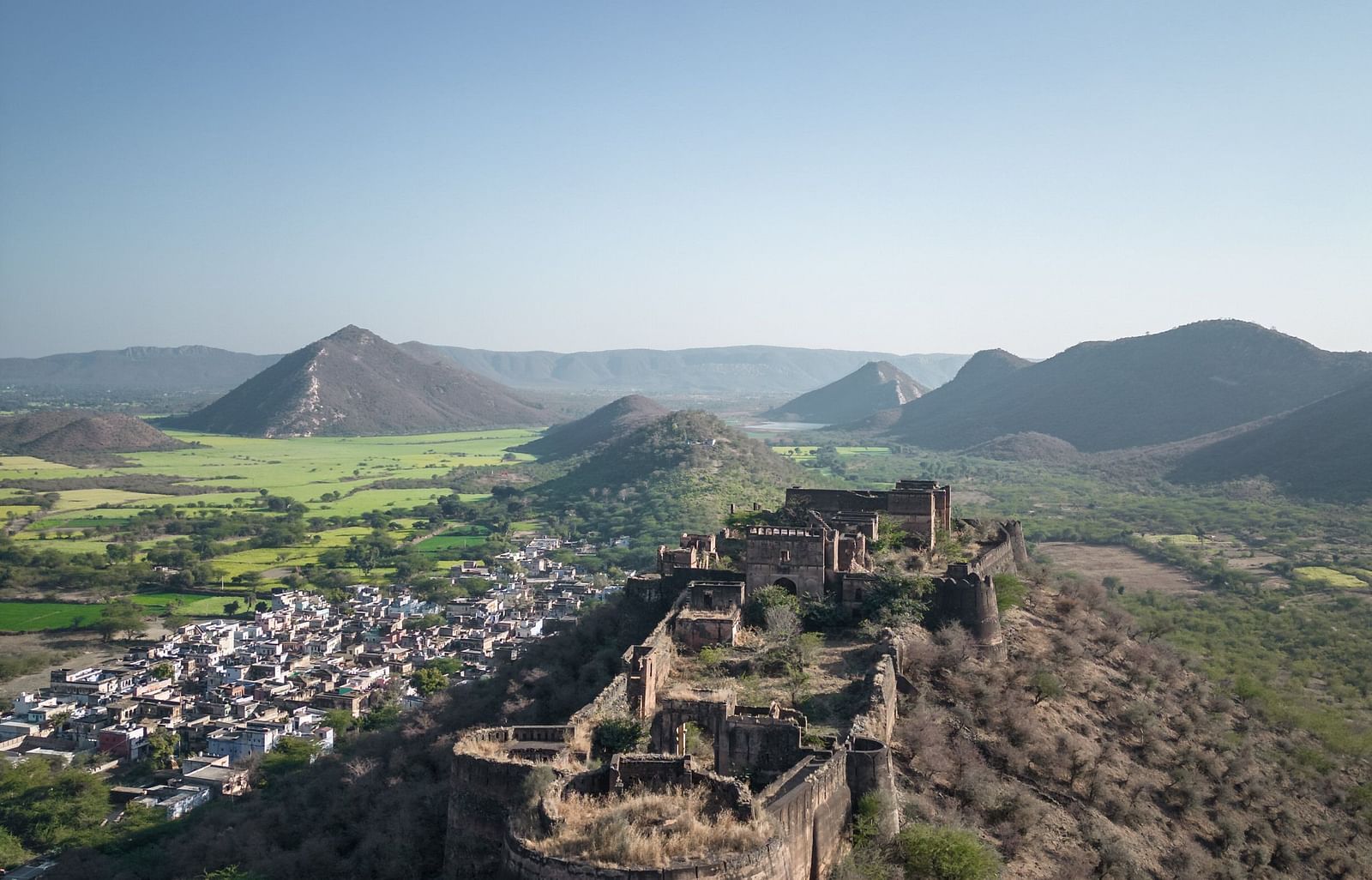
Mythological Importance of Sariska
Learn about the mythological significance of Sariska, including its temples, forts, and more, in this insightful blog.
Read More
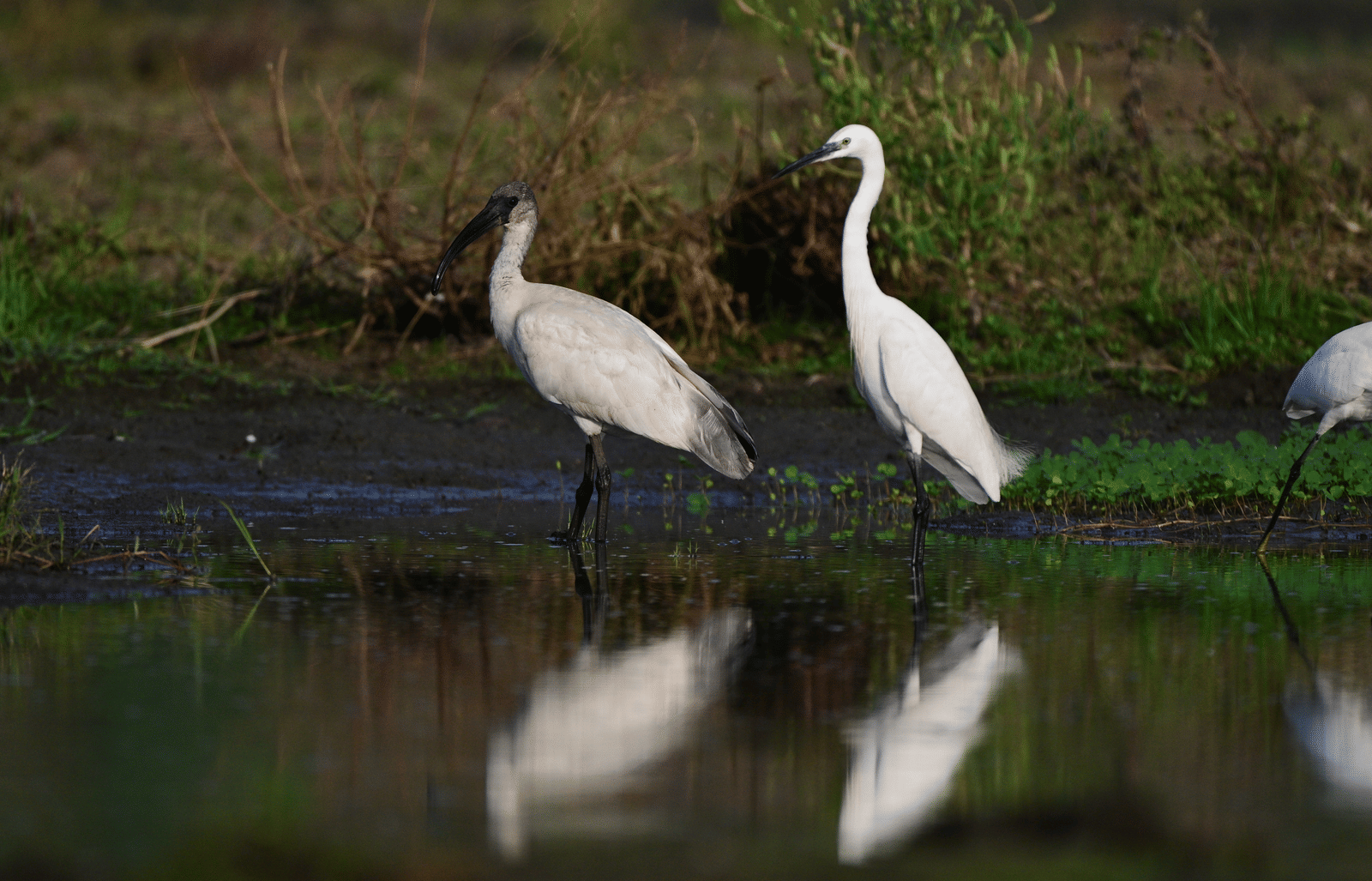
Avifauna of Utsav Camp Sariska, Around the Camp, and Nearby Wetlands
Explore the Avifauna of Utsav Camp Sariska, with diverse bird species around the camp and nearby wetlands, offering a birdwatcher's paradise and serene natural beauty.
Read More
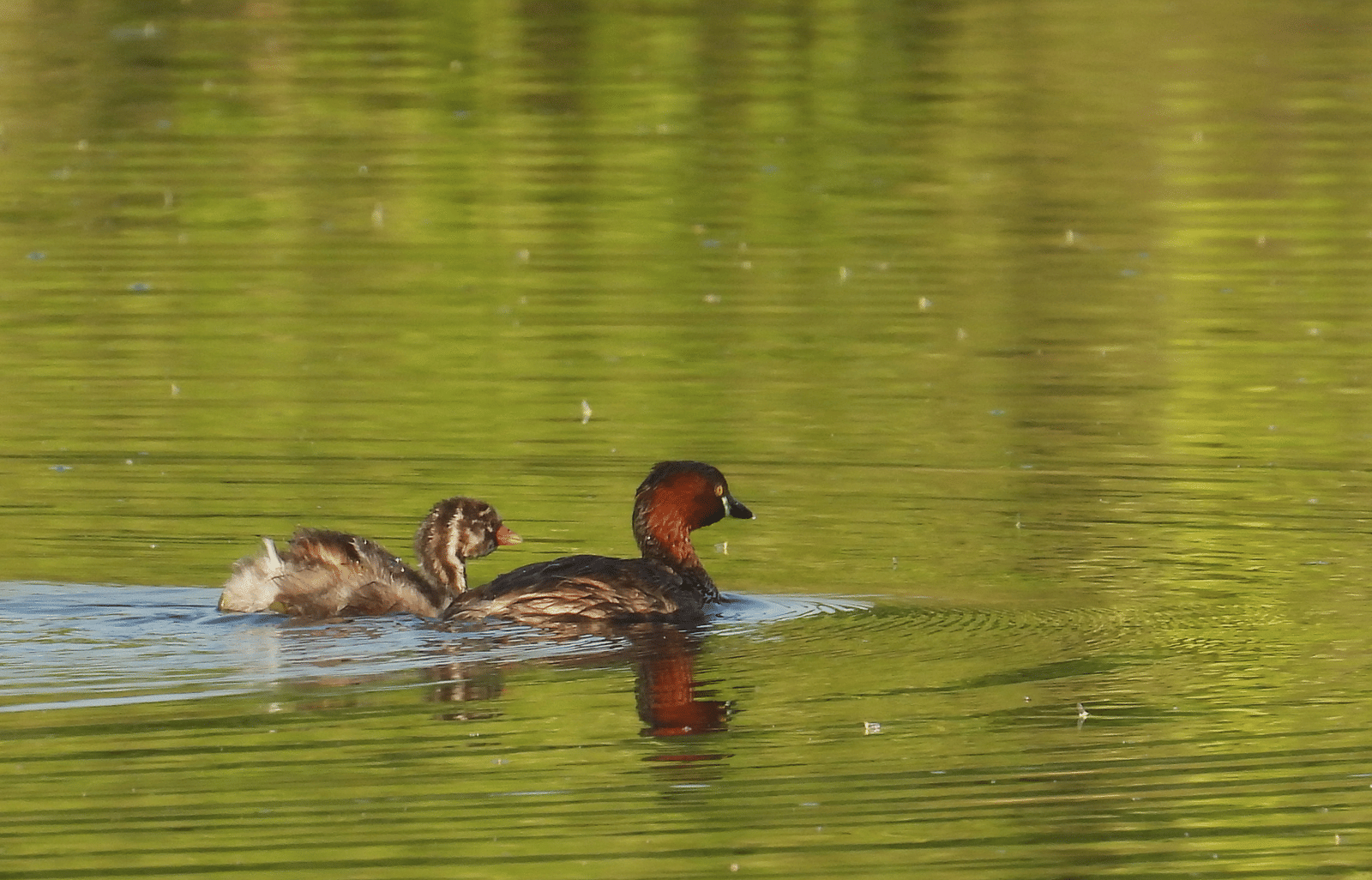
Migratory Birds of Sariska
Delve into the migratory birds of Sariska and discover their seasonal migration patterns in this insightful blog.
Read More
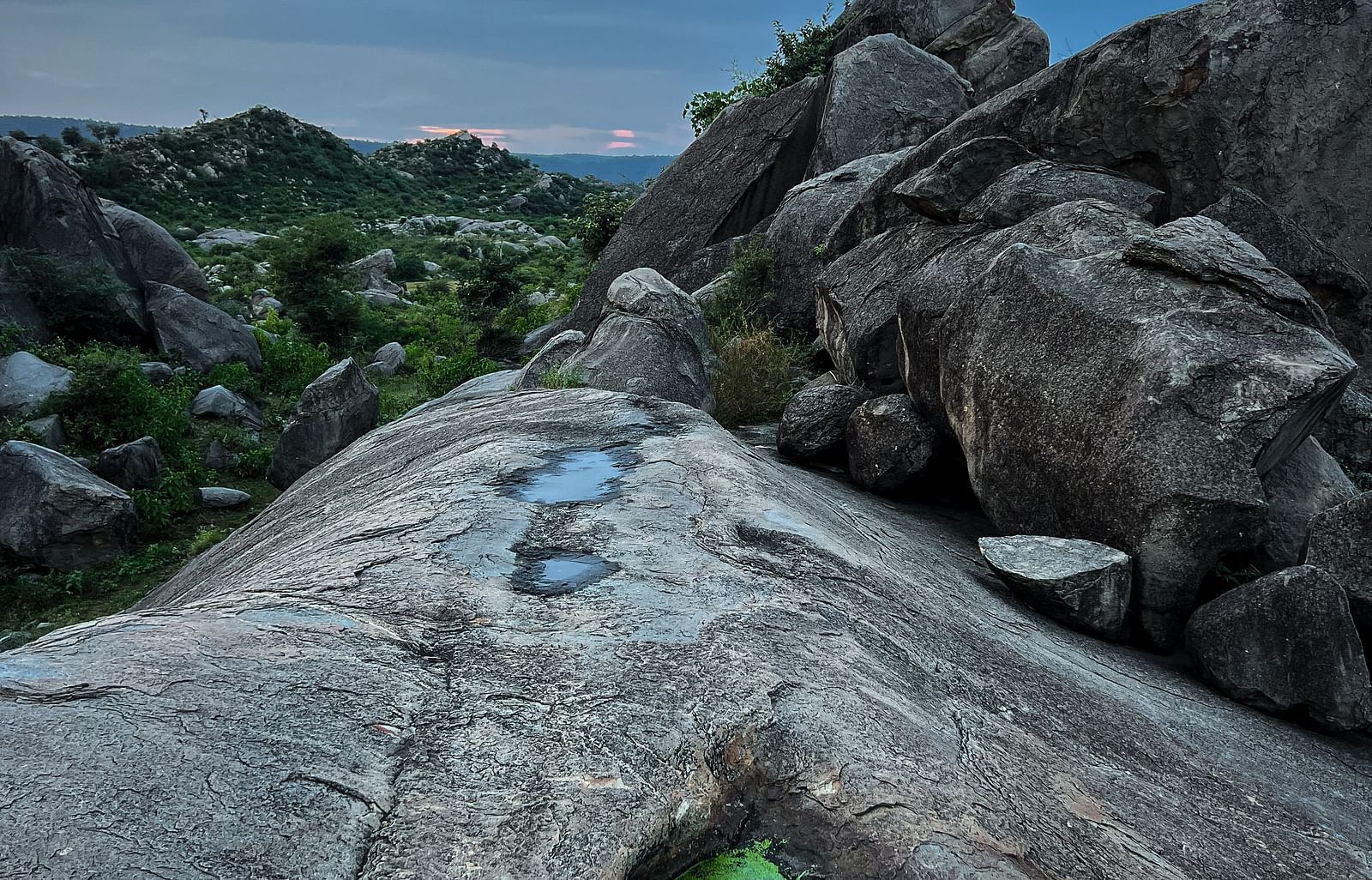
Boulders of Tehla
Explore the enchanting world of Tehla's boulders, and its diverse flora and fauna, beautifully depicted in this detailed blog.
Read More
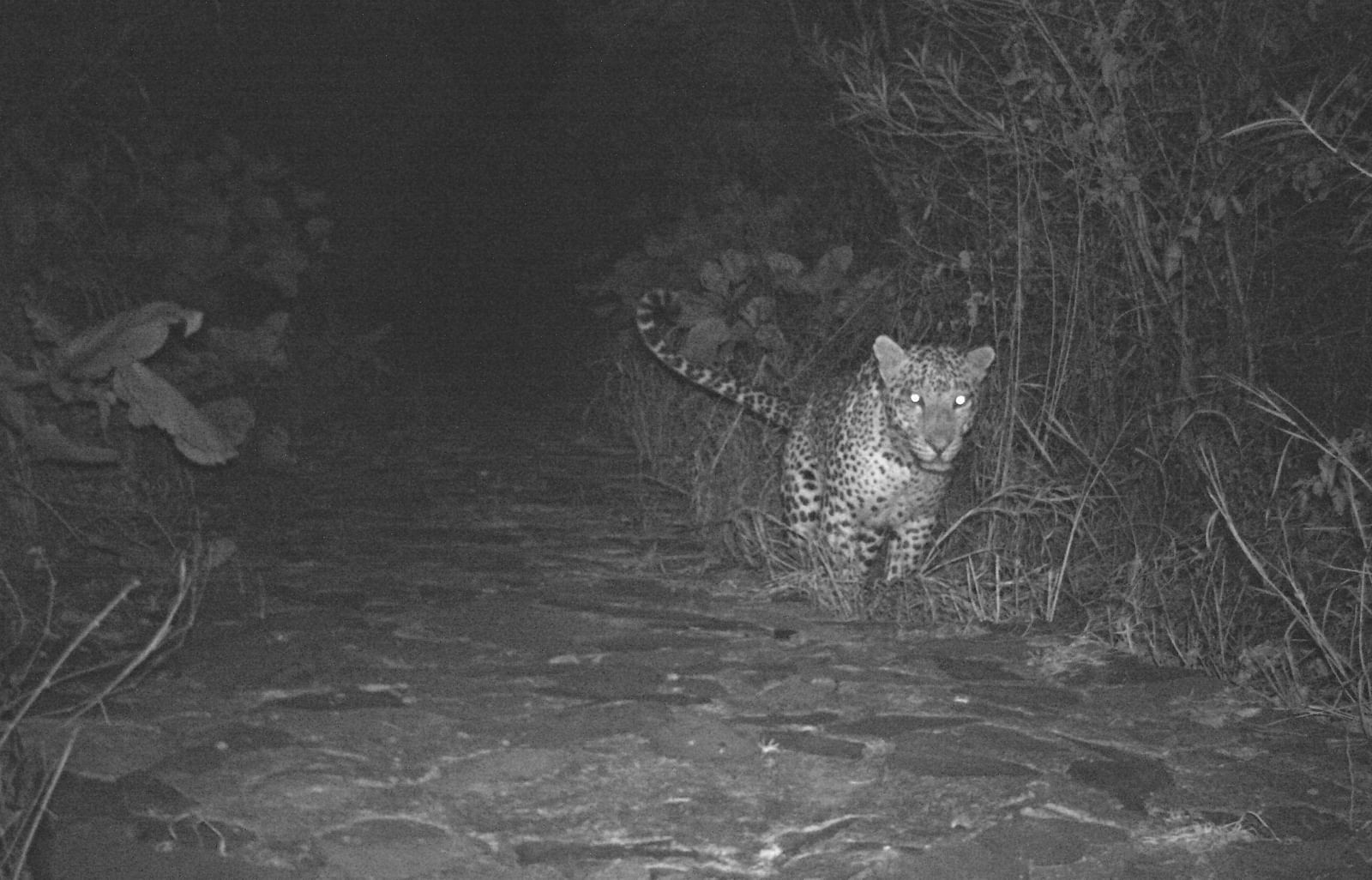
Camera Trap
Camera traps are used to record notable animal behaviour changes over a decade. Learn how we use them at Utsav Camp Sariska to monitor the wildlife surrounding us.
Read More